[ad_1]
By Buyer Creator Sean Barker.
What’s a polytunnel?
A polytunnel is a greenhouse-like, semi-circular constructing made with sturdy metallic, PVC, or wooden frames. They’re lined with sturdy plastic sheets often made out of polythene (subsequently the “poly”) and should very properly be constructed in quite a few widths and lengths. Gardeners use small polytunnels to increase the rising seasons of fruits, greens, and fully totally different vegetation, to guard vegetation from excessive native climate, and to develop vegetation they couldn’t in one other case develop of their native local weather. On farms, they’re furthermore used for housing animals and storing devices – individuals have even been acknowledged to make the most of them as aircraft hangars!
Why do it is advisable to use a polytunnel?
There are quite a few advantages a polytunnel affords to gardeners of all experience ranges.
- Longer rising season – Polytunnels can possibly lengthen the rising season by 6 weeks at every finish. This implies you’ll be able to develop your favourite vegatables and fruits earlier or later all through the season.
- Larger crops – Crops grown in polytunnels have the potential to be greater than crops grown in an open yard.
- Superb for beginning crops – Even as soon as you prefer to develop your crops in open soil, a polytunnel could very properly be good for getting seedlings began in a temperature managed, protected setting.
- Safety from pests – They provide a giant layer of safety that retains seedlings protected towards hungry birds, squirrels, deer, and fully totally different wildlife.
- Safety from warmth and setting administration – You’ll be able to administration all elements of the rising setting, together with temperature, humidity and air transfer.
- Helpful enchancment – They’re sooner to assemble than everlasting buildings, and so they’re often designed to your exact dimension specs.
- Adaptability – They’re comparatively simple to increase, swap, and adapt to altering wants.
- Worth for cash – They’re cheaper to assemble and preserve than greenhouses – on frequent, polytunnels have a decrease worth per sq. meter.
What are you able to develop in a polytunnel?
Nearly one factor! The one vegetation we might advocate not utilizing a polytunnel for are fruit timber (which can outgrow the tunnel) and vegetation with thorns, as these may damage the duvet.
Getting began
The only option to get began in polytunnel gardening is to assemble your explicit particular person, small polytunnel. Do you need to solely have a small area or aren’t ready to make the dedication nonetheless, you would possibly get ‘mini polytunnels’. A mini polytunnel is a 4-foot broad tunnel that requires minimal meeting and upkeep nonetheless affords a great deal of the equal advantages as a full-size polytunnel. It is best to make use of these to guard new crops whereas they’re all through the seedling stage or to defend spring crops from frost.
How one can assemble your explicit particular person polytunnel
Do you need to’ve determined to assemble your explicit particular person polytunnel, it’s important that you just understand how you are able to do it appropriately. Many individuals select to kind out establishing their very private polytunnel as a DIY enterprise on account of it’s the correct practice for a sunny, dry weekend. Do you need to aren’t too optimistic of your DIY skills, you’ll be able to lease professionals to do it for you.
What you’ll want
Perhaps most likely probably the most dependable technique of building a polytunnel is to buy a package deal deal on-line. A package deal deal incorporates the entire thing you want and offers which may very well be optimized for rising vegetation. Attempt to enlist the assistance of three or 4 buddies that may help you to assemble it.
Gives
A dependable polytunnel package deal deal consists of:
- Aluminium, PVC or metallic framework and fittings
- Foundations – you would possibly get totally fully totally different picks for soil, concrete, and timber, relying on the place you’re establishing it
- Timber or aluminum base rail
- Door physique/s
- Door/s
- Polythene sheet/cowl
- Air transfer
- Anti-hotspot tape
- Further extras, equal to crop bars and assist braces for hanging baskets or suspending canes and crops inside your tunnel
Gadgets
- Shovel
- Sharp knife
- Picket noticed
- Battery operated drill
- Screwdriver
- Wrench set
- String line
- Spirit stage
- Marker pen
Getting ready the underside
Select an space that’s stage, sturdy, and dry.
- Have a look at the native climate. You must put aside 2 dry days to assemble your polytunnel.
- Resolve the place to assemble. Select an space which will depart spherical 3 ft of area all through the polytunnel
- Clear the realm. Diploma the underside and clear away any leaves, weeds and particles.
- Mark out the location with string and stakes.
- If wished, lay a cement basis to your polytunnel. That is often not important for small tunnels.
Assembling the physique
The physique is the ‘hooped’ constructing that makes up the within of the polytunnel.
- Put collectively every hoop, fastidiously following any producer’s directions. Make certain you get the precise fittings on every hoop to steer clear of any components down the freeway.
- Add the finished hoops to the provided flooring tubes.
- Assemble the ridge pole – that is the pole that runs down the middle on the extreme of the polytunnel. Be part of all of the hoops collectively utilizing the pole. You must have a inflexible constructing by now.
- Add any bracing that was provided alongside collectively along with your polytunnel and any crop bars.
- Apply anti-hotspot tape to areas of the physique which will contact the duvet – this will forestall overheating and canopy damage.
Defending the physique
Defending your polytunnel physique is the place your workforce of helpers will actually can be found in useful. The extra individuals there are, the upper it might probably be to take care of up the strain of the polythene sheet as you safe it in place.
There are two methods to safe a polytunnel sheet – every by along with a base rail to safe it (often included in a polytunnel package deal deal upon request) or digging a trench to bury the perimeters of the duvet beneath the soil. Usually, base rails are used on further sturdy flooring, whereas a trench could very properly be dug in soil.
- Unfold your polythene cowl and shake it out.
- Fastidiously pull the polytunnel all by means of the erected physique, taking time to verify it’s evenly distributing on all sides.
- Affix the duvet to your base rail, or bury the perimeters all through the ditch, being cautious to take care of up pressure.
- As rapidly as your cowl is secured, it would be best to reduce the duvet to have the flexibility so as to add your door physique/s and door/s.
Ending touches
- As rapidly as the event is achieved, add the door rail, timber door frames, and preserve the doorways.
- Trim any extra from the polythene cowl and tidy it up.
- If wished, add pressure to the duvet by elevating the hoops (when you dug a trench) or adjusting the underside rail.
Polytunnel FAQs
Is it finest to develop immediately all through the flooring or in containers?
Many polytunnel growers select to develop in containers or raised beds, no matter you like.
How extended do polytunnels final?
They may final wherever as lots as 15-20 years if appropriately maintained, nonetheless you do have to interchange the polythene cowl each few years as positioned on and tear will happen.
What dimension polytunnel do it is advisable to purchase?
Do you need to’re new to polytunnels, begin small. A tunnel with a 6-foot width is often finest.
The polytunnel is a flexible and economical different for shielding your produce from the local weather. Do you need to assemble one, you’ll need to watch the ideas above, and revenue from the freedom of trying totally fully totally different rising strategies and crop variations that the prolonged rising season offers.
Creator’s Bio: Sean Barker is the managing director of First Tunnels, the UK’s elementary provider of each ‘residence’ and ‘enterprise’ polytunnels.
[ad_2]
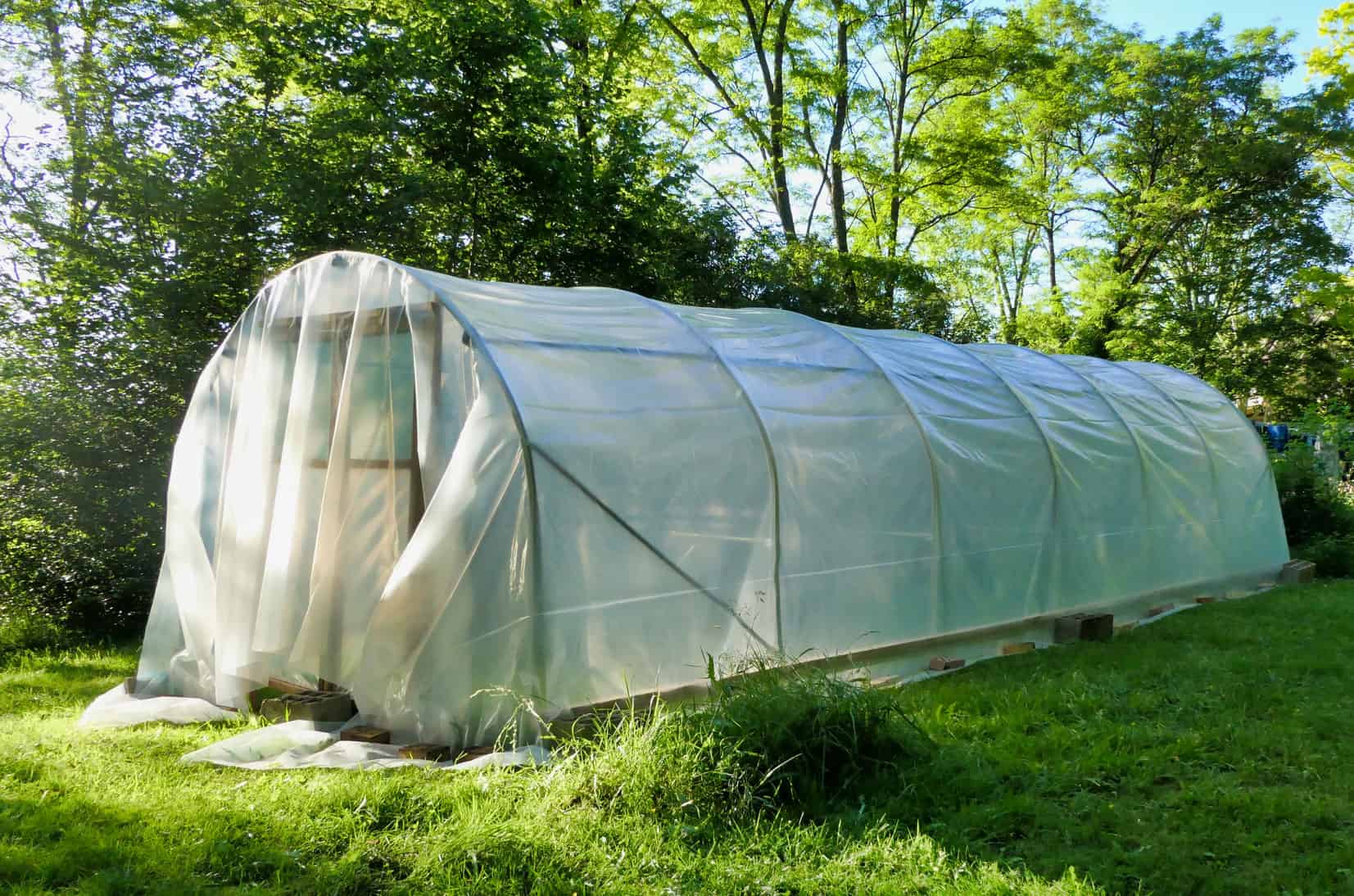

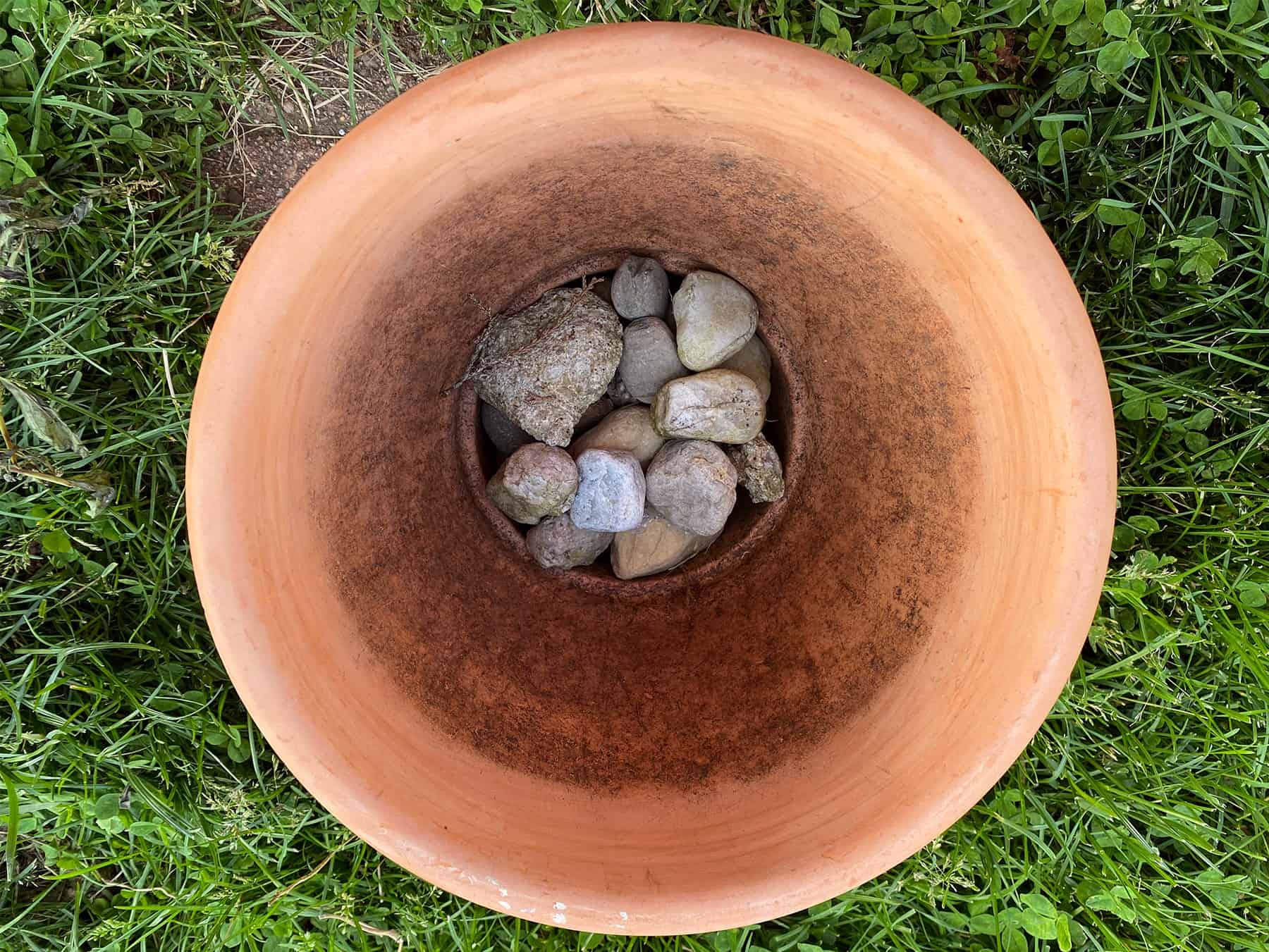
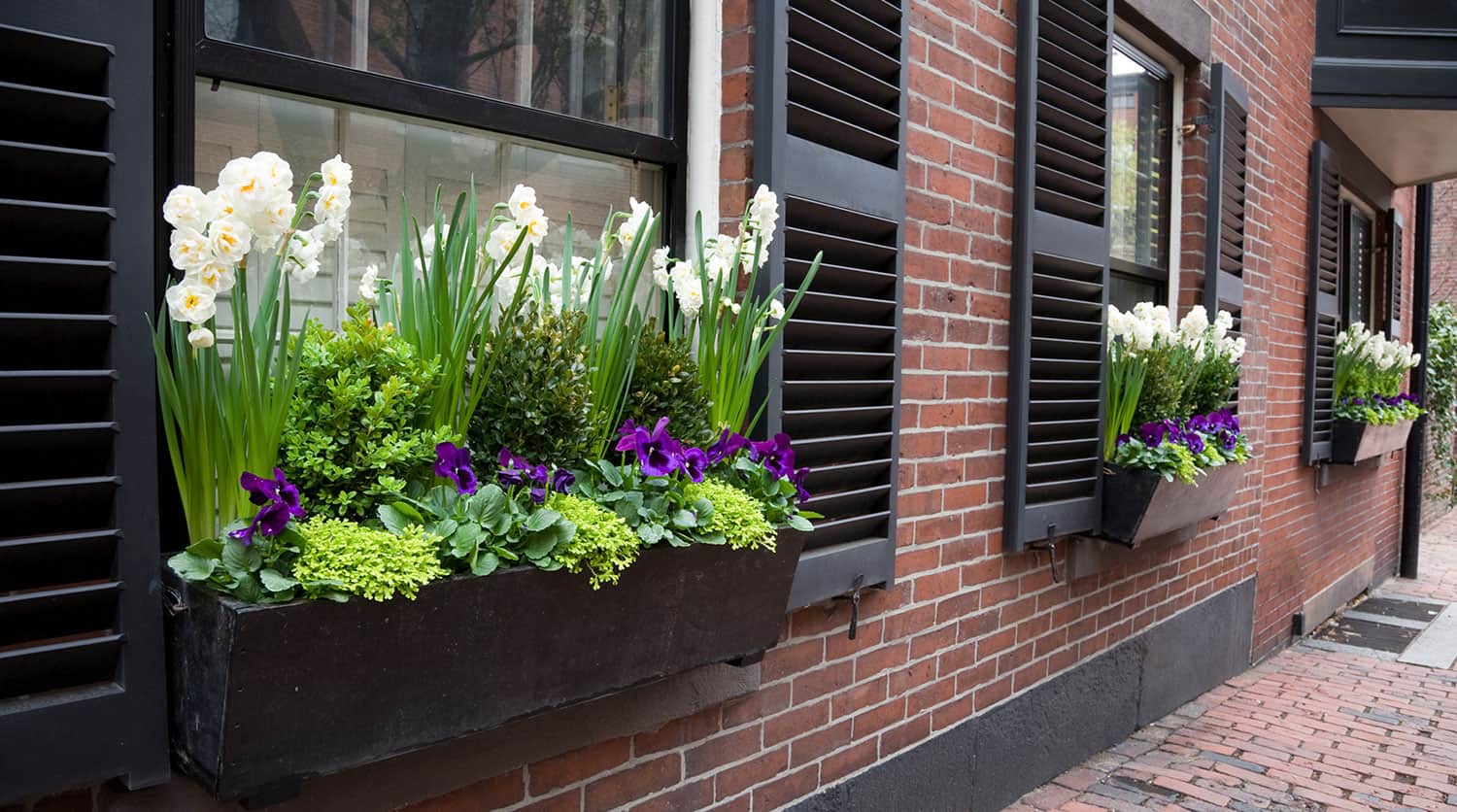
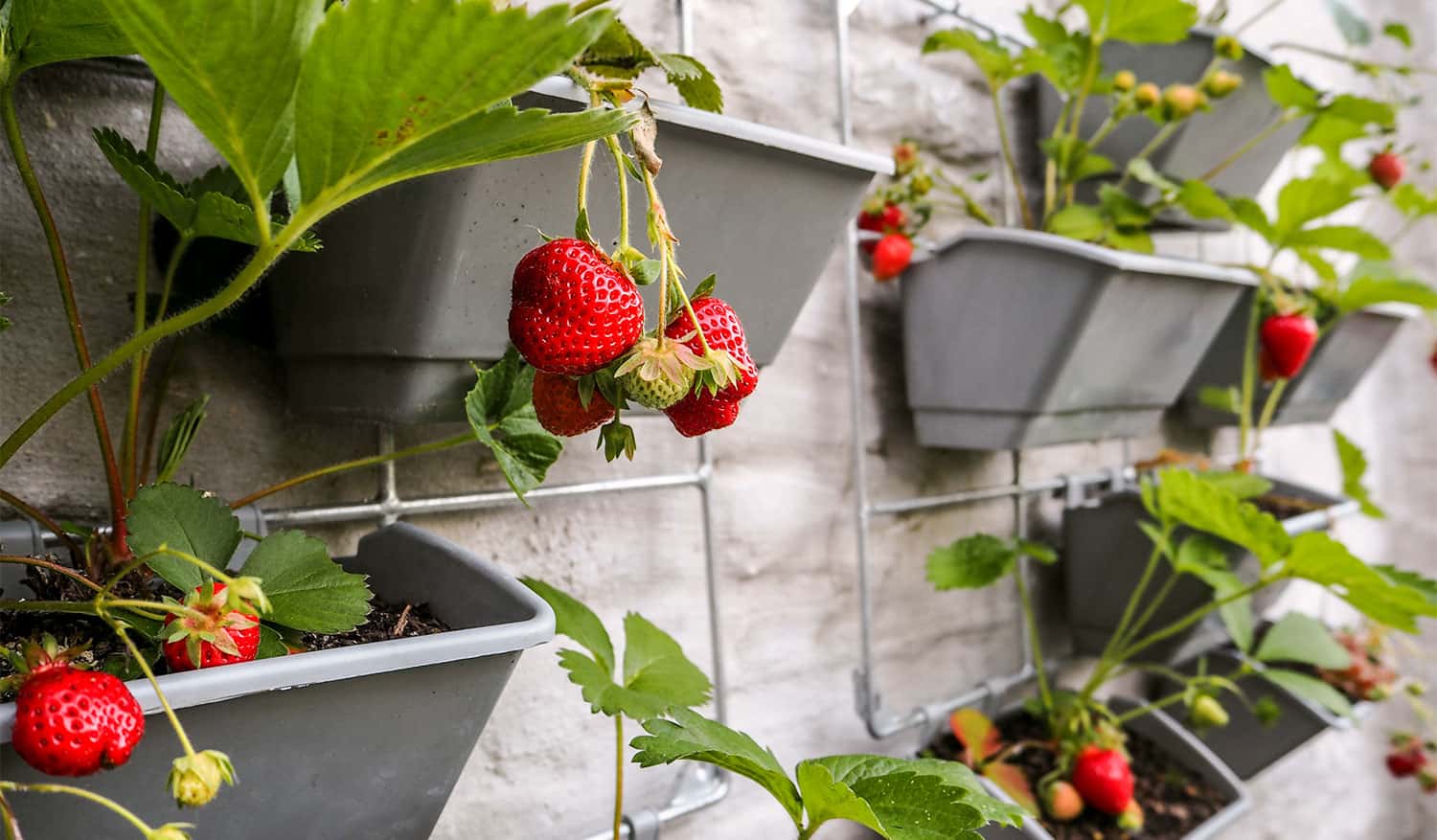


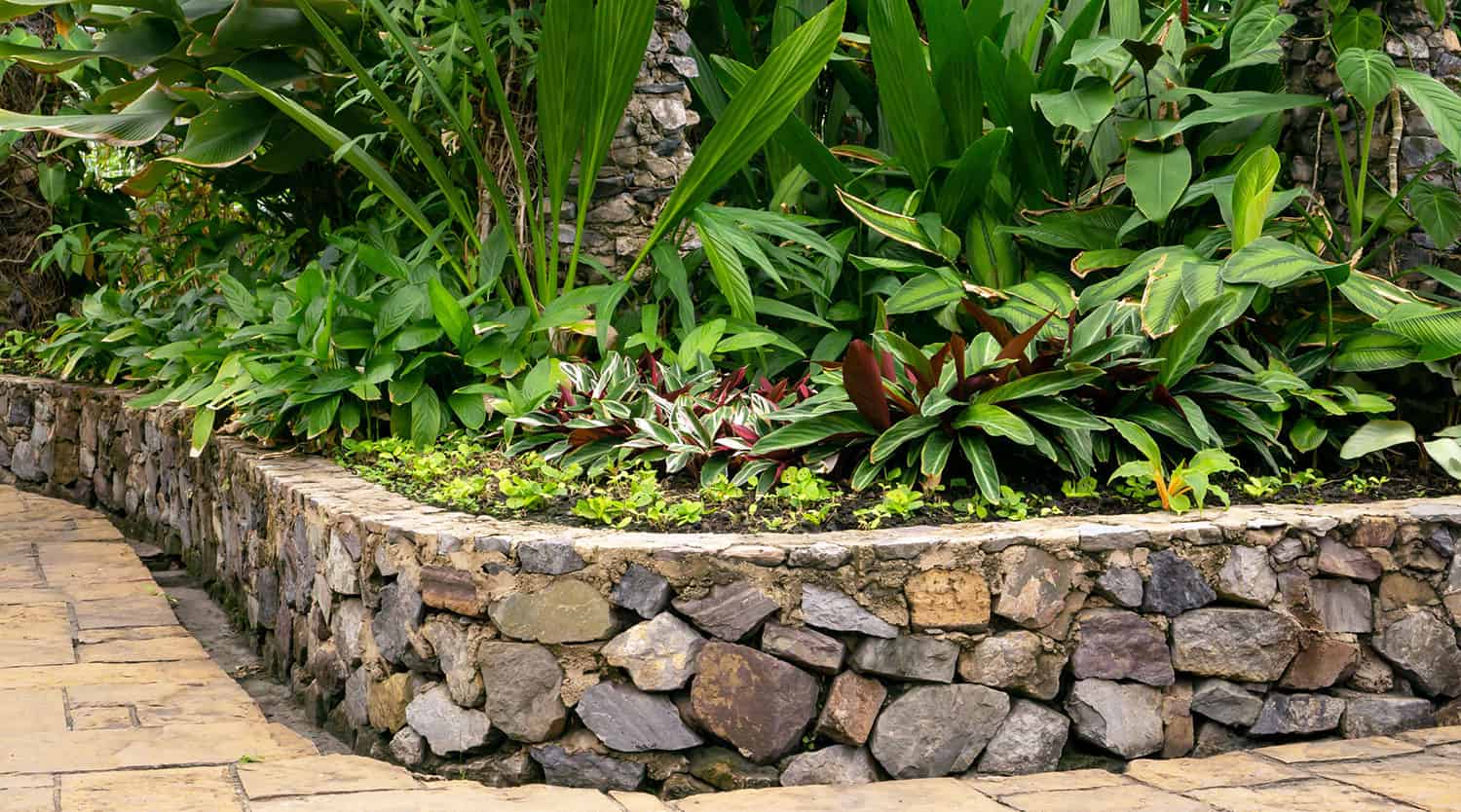



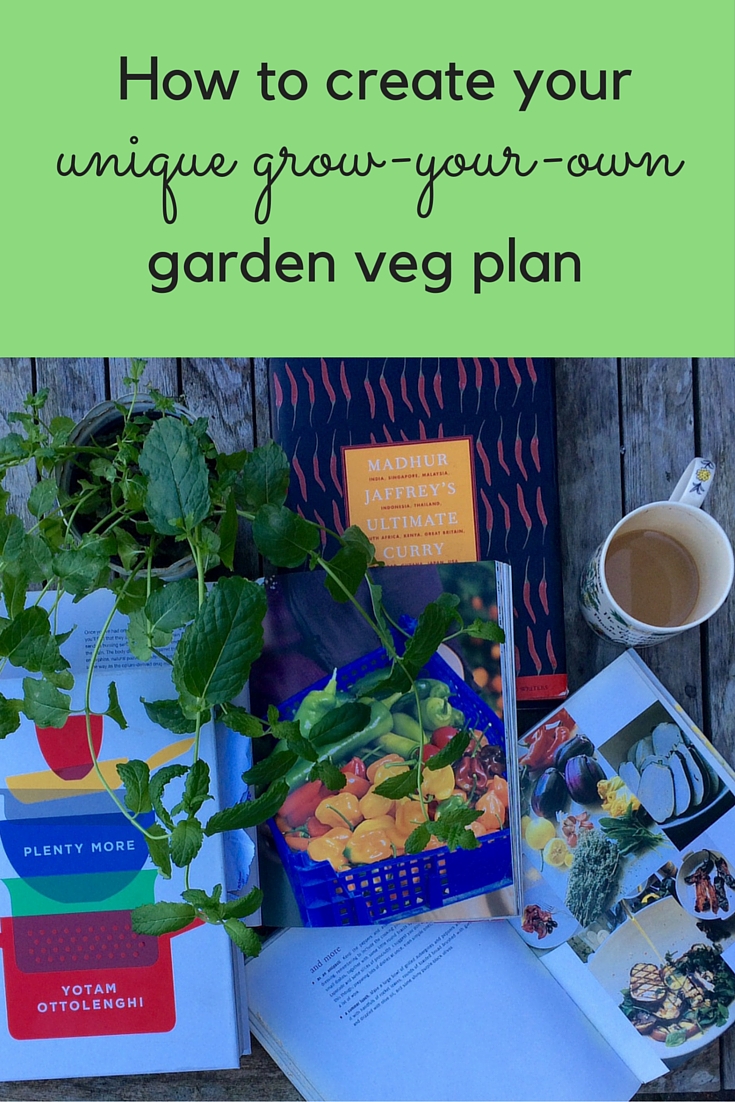


Leave a Reply